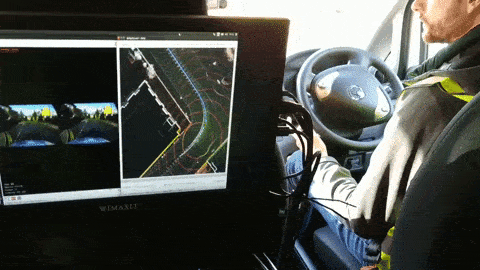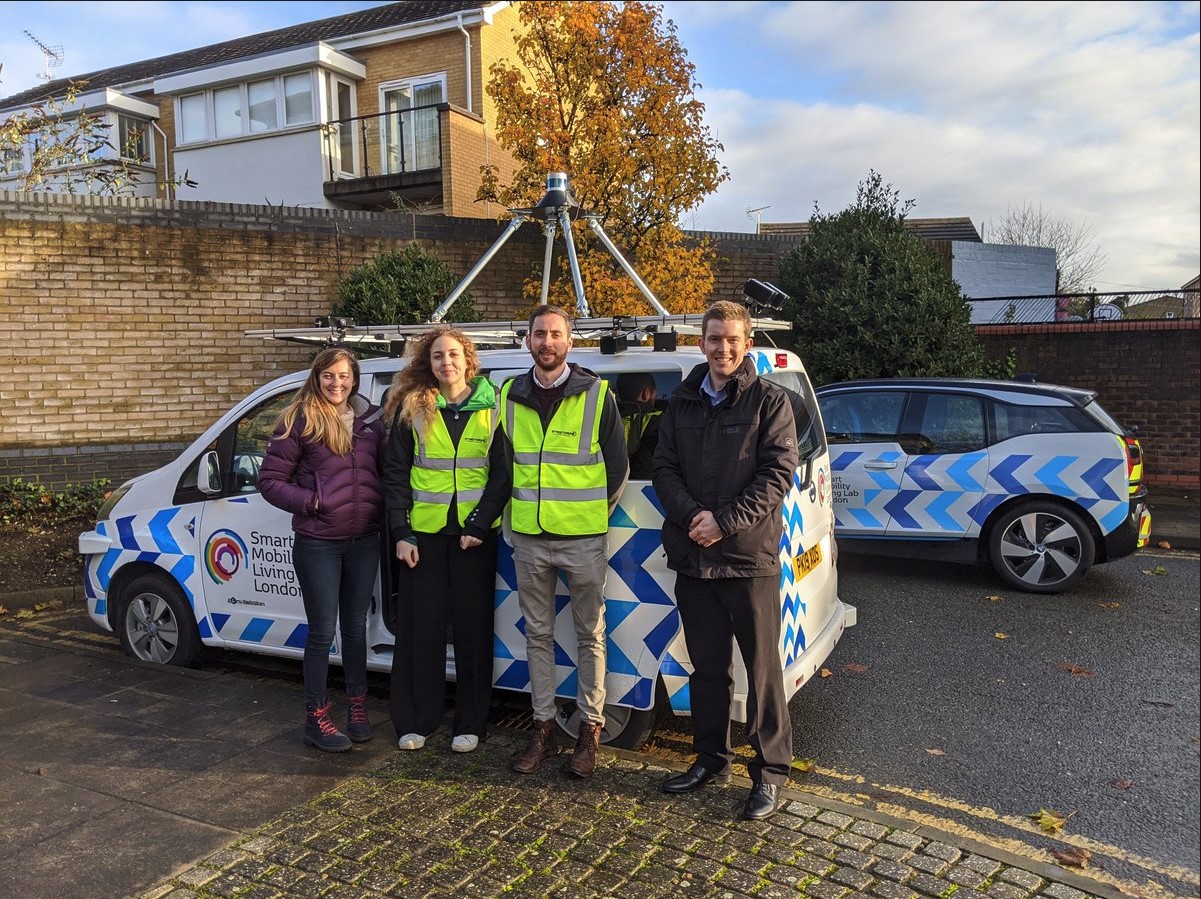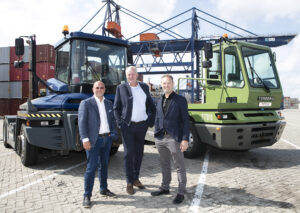As the trialling of autonomous vehicles becomes an ever more common sight on the public byways and highways, the role performed by a test driver is becoming the focus for a much greater level of scrutiny for us at StreetDrone as well as among the wider autonomous development community.
As we are focused on making it easier and safer for cities to deploy, learn and scale autonomous urban vehicle trials, the capability of the company’s Safety Drivers has become a hallmark of the company’s work. Our work includes both the technical systems and engineering services to manage the safety of trials in challenging ‘zone 1’ urban environments.
A year ago we decided to develop our own proprietary standards for the role and function of the safety driver in urban trials with the clear intention to set the gold standard for the industry. Here’s how we did it.
The starting point for us is nomenclature. It might sound trivial, but we designate the role as ‘Safety Driver,’ not a ‘supervisor’ or a ‘test driver.’ In other words, the express purpose of the role is to be responsible for safety and all other functional considerations for the job become secondary to this.
Our approach looks to be at odds with many of the large-scale autonomy trials approach common in the US especially. This ‘quantity-first’ focus stateside is largely conducted by gig economy operators supplied by staffing agencies that otherwise provide transit companies with bus drivers and tram conductors, whereas StreetDrone’s safety drivers are highly skilled engineers.
There is definite merit in the volume approach – Waymo , for instance, are reporting reaching 20 million autonomous test miles – which is very impressive. However while we certainly record a far lower quantum of mileage at lower speeds, reflecting the extra-urban environments we work in, we do achieve two goals by having a fully-qualified engineer at the helm of our test vehicles that the volume operators don’t.
Firstly, we enshrine the safety priorities far more intensively, which is a priority for our clients, and secondly, the quality and the focus of the test data we generate is far more useable and deployable for our customers, which powers part of our mission to make it faster but safer to deploy autonomous vehicles.

Distinct from other companies, StreetDrone’s safety drivers are all engineers. Our Safety Driving team at StreetDrone is led by Ross James, who followed a typical pathway into his role with us following a four year period as a graduate safety engineer at Jaguar Land Rover. This approach brings invaluable OEM insight into the design and operation of our autonomous test and trial platforms and our safety-case work.
As the safety case on the public roads is inherently linked to the design of the vehicle platform and software stack, to be worthy of the title, a StreetDrone Safety Driver must have an in-depth knowledge of the underlying engineering allows them to trace every line of code through to every output the driving robot makes. The capability to interpret every output the autonomous system is making means the quality of our testing is far higher and our safety threshold is the very best it could possibly be.
Not only does Ross have a comprehensive understanding of the StreetDrone platform architecture, but also from his time at JLR, a full awareness of the underlying OEM design methodology. This is important as StreetDrone’s philosophy in its platform engineering has an important provision to not reverse engineer OEM systems and therefore retain the integrity of advanced automotive safety systems. Like his colleagues, therefore, he has a comprehensive understanding of the entire engineering lifecycle inherent in delivering a StreetDrone autonomous vehicles through trial and into scaling.
Ross was one of a team who recently completed a series of public road trials in central London, but when he’s not ‘in the saddle’ on trial, Ross provides a feedback loop to the software team to aid the continuous cycle of enhancements and leads the development of Operational Design Domains or ODDs, for StreetDrone’s forthcoming trials.
The ODDs define the parameters within which the trial will take place, for instance how the vehicle should contend with moving and static hazards, how it should operate in different weather conditions and therefore identify the junctures at which control should be handed over from the autonomous systems to the Safety Driver.
To summarise, we have a three-part prescription for Safety Drivers. Firstly, they must have an intimate knowledge of, and involvement in the platform engineering and the software. That way the Safety Driver can inherently read and respond to the behaviours of the autonomous systems during on trial, and of course contribute invaluable field-based insight back into the engineering iteration cycle. Secondly, the Safety Drivers must be integral to the development of the ODD so they are participants in the creation of operating parameters rather than just recipients of a set of instructions. And finally, train, train, train. Regardless of mileage and experience, we require our Safety Drivers to go through routine, periodic training so we ensure any variance from protocol is quickly identified and altered.
To find out more, get in touch with StreetDrone at info@streetdrone.com




